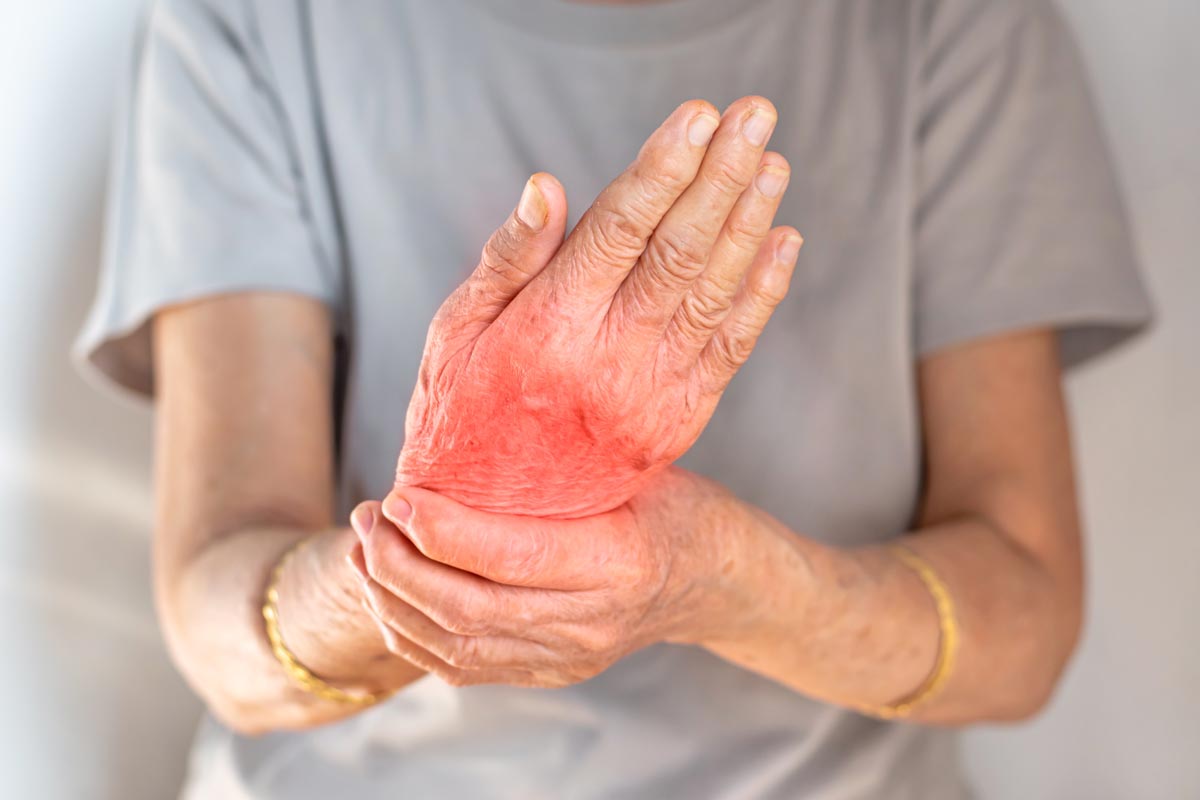
What is Gout & How to Prevent It
With more than 200,000 cases diagnosed each year, gout is one of the most common forms of arthritis in the United States.
In Hawaii, approximately 20% of adults suffer from this disease. While men older than 40 years old and post-menopausal women are at the greatest risk of developing gout, a recent study published in Arthritis Care & Research showed Native Hawaiians have more than double the risk of developing gout and developing it at a younger age than other populations.
Dr. Devy Setyono, a Hawaii Pacific Health Medical Group rheumatologist based at Straub Benioff Medical Center, spoke more about this condition in an interview with Hawaii News Now "Sunrise" and shared some lifestyle tips that could help prevent getting gout.
What is Gout?
"Gout is a type of inflammatory arthritis that is caused by a high burden of uric acid, which is a breakdown of purine. It forms crystals that go into and around your joints that causes significant joint pain and inflammation," Setyono explained.
Having high levels of uric acid in your body (a condition known as hyperuricemia) can cause several health conditions, from kidney stones to diabetes to gout.
"When you do have gout, you typically have a high burden of uric acid that has been in your system for a long time," Setyono said. "It further crystallizes and forms needle-shaped crystals that get deposited in your joints. This causes local swelling, redness and significant joint pain."
What are the Symptoms of Gout?
Joint swelling, pain and stiffness are the tell-tale symptoms of gout. Other things to look for include:
- Discoloration or redness at the joint
- Extreme tenderness (even something like a bedsheet covering your joint causes intense pain)
- Warmth or feeling like the joint is "on fire"
"It's really hard to miss it – it's a really angry-looking joint. It looks very beefy and red, accompanied by significant soft tissue swelling," Setyono described. "A lot of people have told me that it feels as if they're walking on shards of glass or that their toes are broken."
How to Prevent Gout?
According to Setyono, there are several ways to reduce the risk of developing gout.
"If you've been having recurrent gout attacks, there are medications that can help, but the biggest thing that you can do is avoid a high-purine diet," she said.
The most common high-purine foods to avoid or consume in moderation are:
- Organ meats
- High-fructose corn syrup
- Sugary beverages like soda and juices
- Sugar-sweetened foods such as baked goods, cereals and candies
- Seafood, particularly shellfish, mussels, clams and certain finned fish, including sardines, herring, mackerel and tuna
- Red meats, including beef, lamb, pork and bacon
- Turkey, especially processed deli meat
- All types of alcohol
"People always think that beer is the most common alcohol (that contains purine), but it's actually all types of alcohol, including red wine," Setyano said. "Unfortunately, local favorites Spam and loco moco do contain high-purine content as well."
Other lifestyle adjustments to make include:
- Maintaining a healthy weight.
- Getting regular exercise.
- Drinking lots of water.
"Water is your best friend," Setyono stated. "It's highly encouraged to hydrate sufficiently."
This segment originally aired Oct. 23, 2024, as part of the Hawaii News Now "Sunrise" Healthier Hawaii series. Watch the full broadcast here or below.
Published on: October 25, 2024




